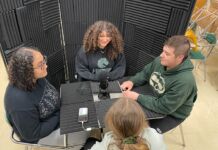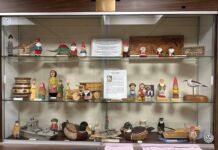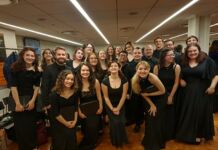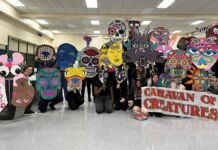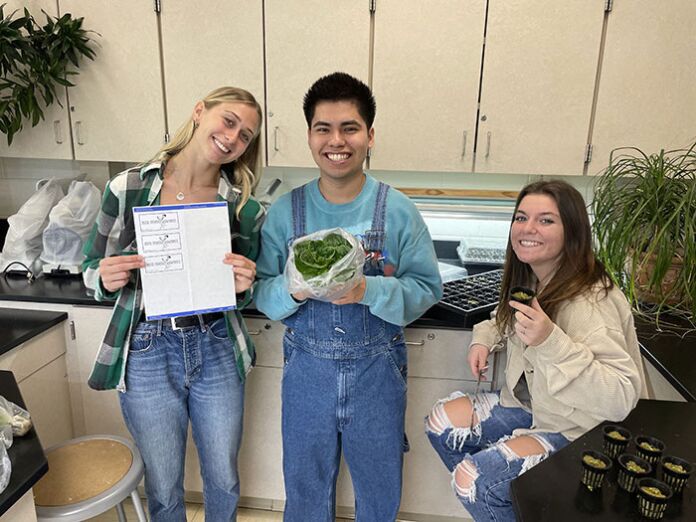
BRICK – Inside a science classroom at Brick Memorial High School, you’ll find over 300 edible plants grown by students. Although these seem like ordinary plants, there’s nothing ordinary about how they’re grown.
Ben Schaible, an AP Environmental Science teacher at Brick Memorial, teaches students how to grow sustainable foods in class through two unique processes: hydroponics and aquaponics.
“I mainly teach juniors and seniors. Within that program I’ve been teaching aquaponics and hydroponics for many years,” Schaible said. “I expanded the program with the help of Cody Parker from Drop the Beet Farms, with building a huge aquaponics system in my classroom and now it’s been worked into our curriculum.”
Hydroponics is the system of growing plants in just water, no soil.
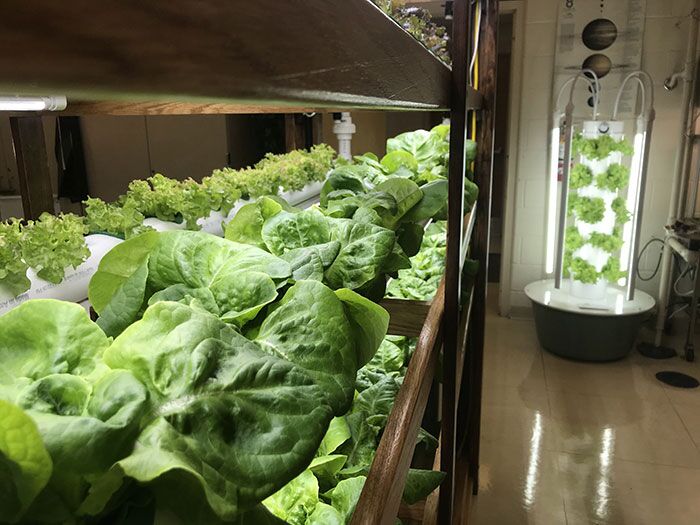
“You can do it a million different ways. Just in my room I have three different types of systems,” Schaible noted. “You grow the plants in rockwool and the water itself has fertilizer in it. The plants will grow without any soil, so the roots are suspended in water.”
With aquaponics, it takes this process a step further. The system uses fish to transform bacteria into a fertilizer for the plants.
“We raise fish (tilapia) and when they create waste, we use those bacteria in the tank and the filter systems. The bacteria converts fish waste into fertilizer. It’s a big part of our curriculum that we study,” Schaible said. “Then the nutrients get pumped up and the plants then grow hydroponically within this water. The big difference is we don’t have to add any fertilizer; it’s a self-sustaining system, all we have to do is feed the fish. The plants in turn clean the water and the fish continually supply waste.”
In Schaible’s classroom, high school students grow all kinds of leafy greens like lettuce, as well as tomatoes and even radishes.
“Aquaponics mainly allows us to grow leafy greens because of the nutrients, there really only is nitrogen. You need several other nutrients to grow flower-like plants. With hydroponics, it’s limitless,” he said. “We can grow 140 heads of lettuce every 50 days. We also raise tilapia. We study all of this, including the chemistry involved, and then the students also get to eat the food, as well as the fish. In addition, we supply food to the food bank Seeds of Service in the township.”
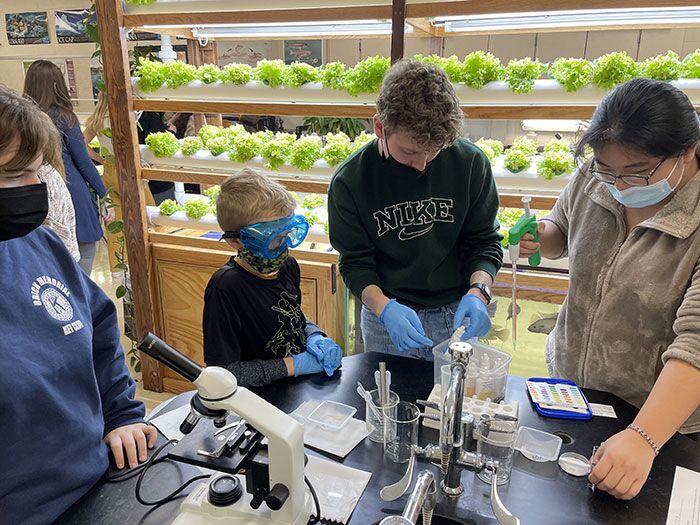
Schaible has been teaching hydroponics for 10 years and built the large-scale system in his classroom about three years ago. In addition to the high schoolers, the middle schoolers and elementary students in the district are also learning the program, having different variations of the system in their classrooms.
“I’ve been working as a coordinator in the district to help all the schools get up and running with hydroponics and aquaponics. I help the other schools and give supplies they need,” he said. “With the younger students, most of their classrooms have hydroponics systems and a couple schools have small aquaponic systems with one or two fish.”
This year was the first year the district decided to bring the elementary students on a trip to Schaible’s classroom and learn about the system alongside high schoolers.
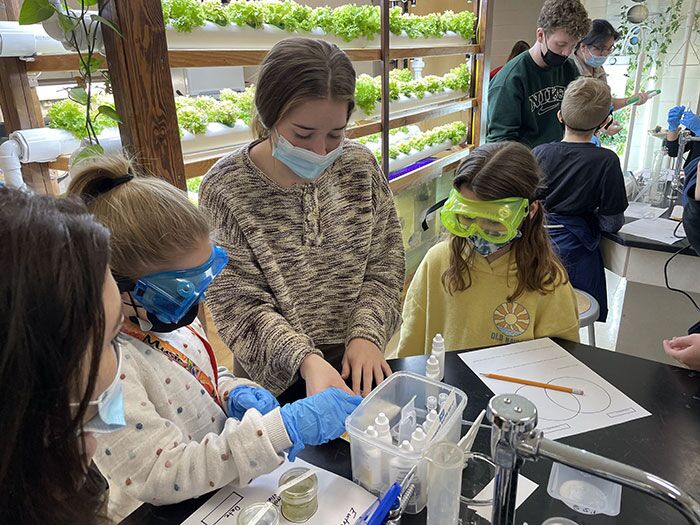
“We brought in some of the elementary school kids and let them tour the classroom and do some of the work with the older students. I was helping another elementary teacher and we brainstormed the idea to have the kids come over to see the potential of what they’re doing in their room on a small scale and what it looks like on a larger scale,” he said. “My students really loved working with the kids, it was a fun experience.
“The biggest goal is to generate an interest in science for kids and for them to learn where their food comes from and to understand the process; drawing connections about sustainability. Once they start to learn science, it helps promote interest as they move up into high school,” Schaible explained. “Another goal of the program is working with the food banks, Seeds of Service. I drop our lettuce off after we harvest it. It’s been a great way to connect with them.”

